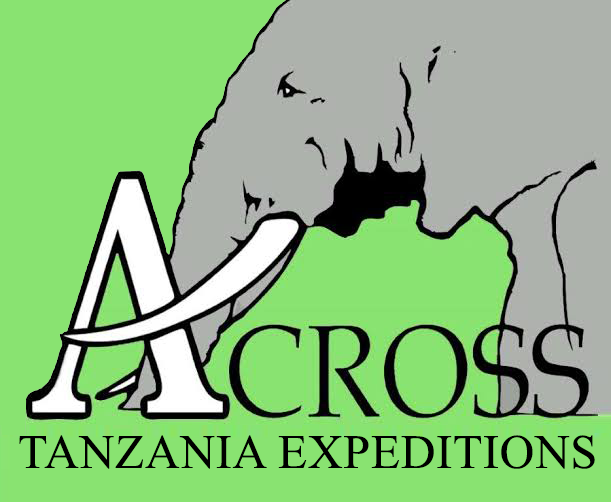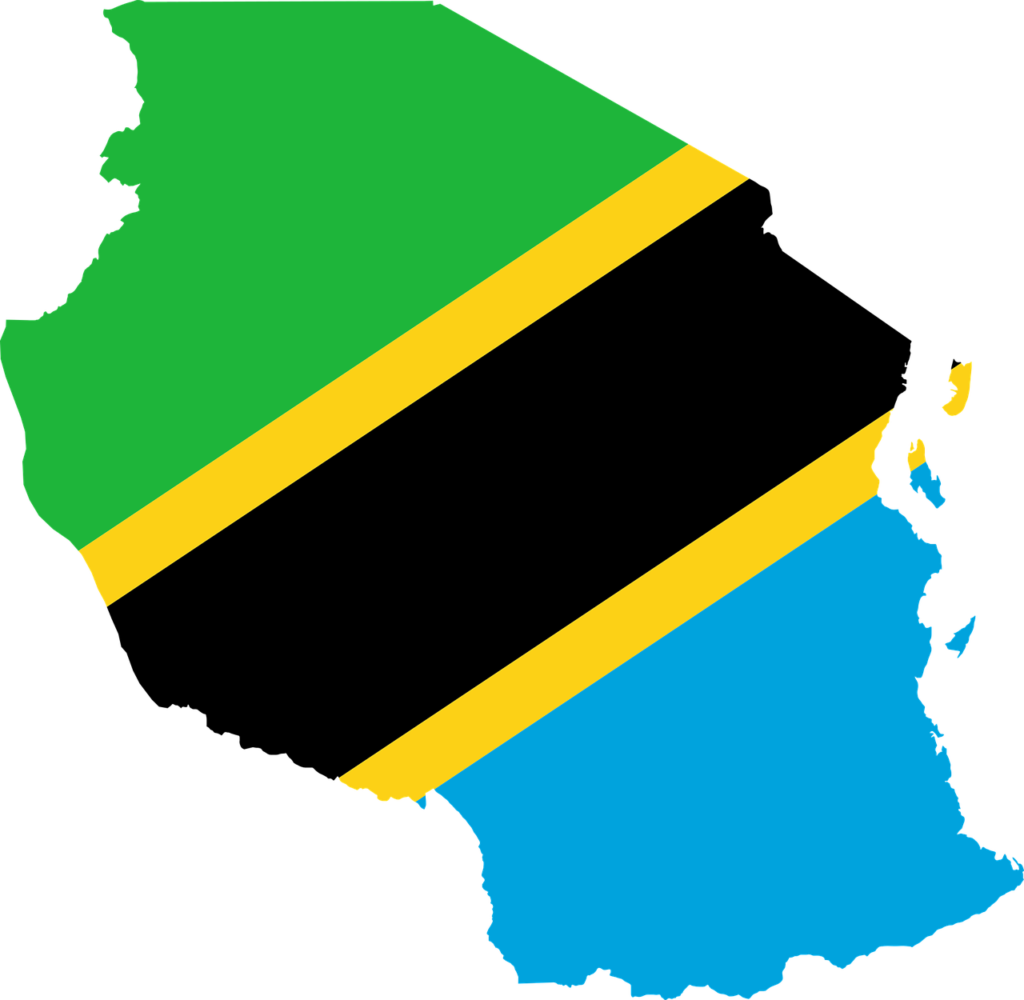Ngorongoro Crater
A visit to the Ngorongoro Crater is an experience of a lifetime. There are few places that have wildlife densities and variety on this level. It is not unusual to see the Big Five in one day – and all this in the most amazing setting with a backdrop of the 600m/1,968ft-high crater wall.
Wildlife
The Ngorongoro Crater offers some of the best wildlife viewing in Africa. All the major safari animals occur in great numbers. The resident population of black rhino is a real treat, as rhino are very difficult to spot elsewhere in Tanzania. The crater is also home to some very impressive elephant bulls with huge tusks. Lake Magadi often harbors large flocks of flamingo.
Scenery
The Ngorongoro Conservation Area is stunningly beautiful. Aside from the well-known Ngorongoro Crater, Empakaai and Olmoti craters are scenic highlights as well. Both the Ngorongoro and Empakaai craters regularly have flocks of flamingo. The forested crater rim of the Ngorongoro Crater is in stark contrast with the crater floor, which consists mostly of grassland. Another feature on the crater floor is Lerai forest, a beautiful, atmospheric, yellow fever tree forest.
Weather & Climate
Conditions at Ngorongoro vary depending on the altitude. Higher up, at the crater itself, it can get quite cold at night, particularly up on the rim. But down in the greater conservation area it stays quite warm. During the area’s Dry season (June to October) there’s barely a cloud in the sky. In the Wet season (November to May) you’ll confront two periods of rain separated by a brief dry spell.
Best Time to Visit
You can spot wildlife down on the crater floor at any time of year. But the viewing is better in the Dry season (June to October) when the undergrowth has receded and animals tend to gather conveniently around waterholes and rivers. The only advantages the wetter months offer are fewer people and low-season accommodation rates.


